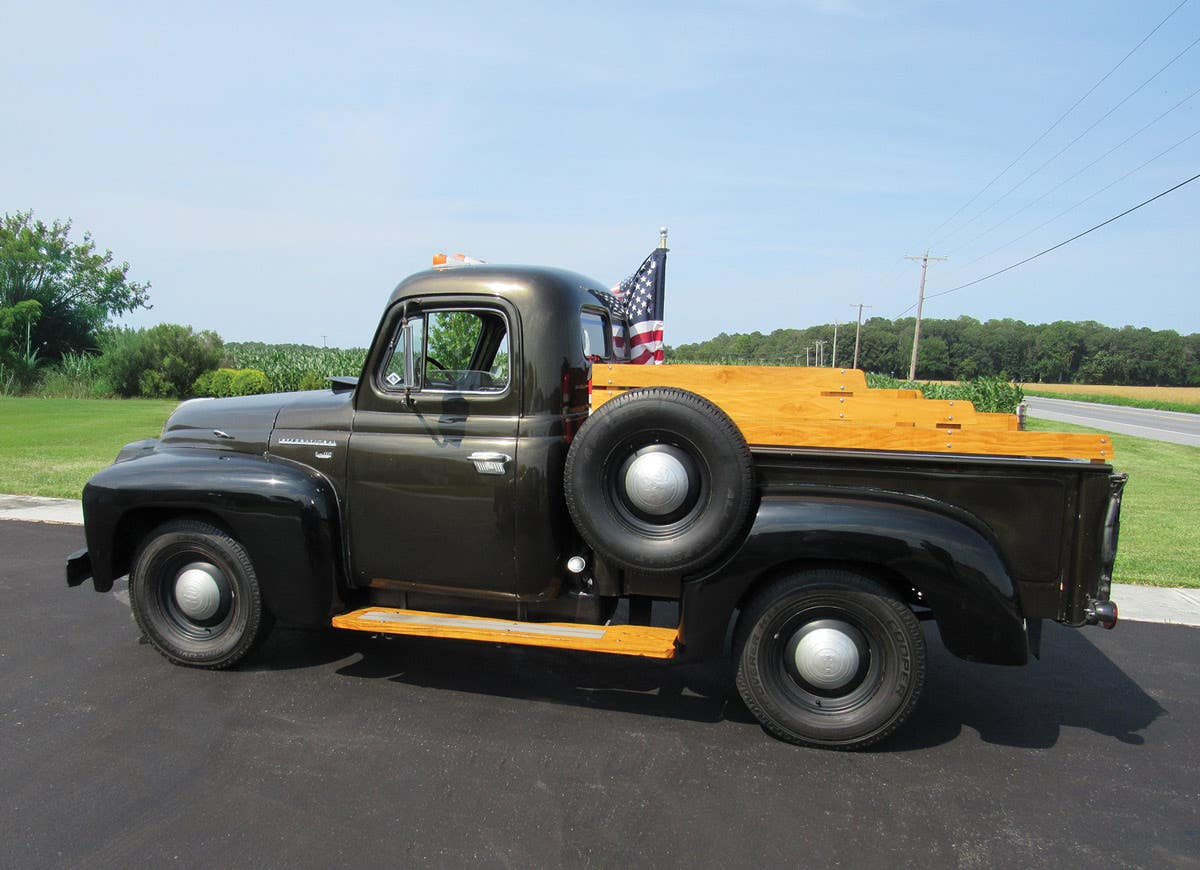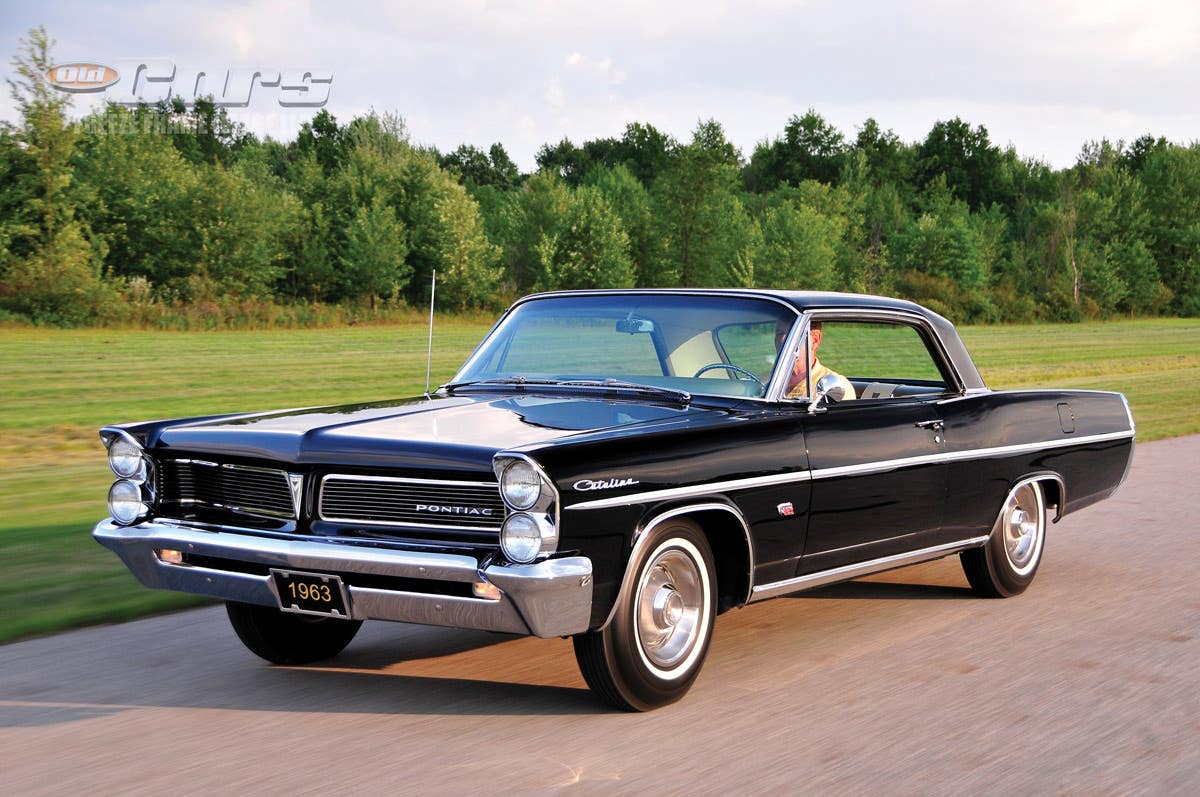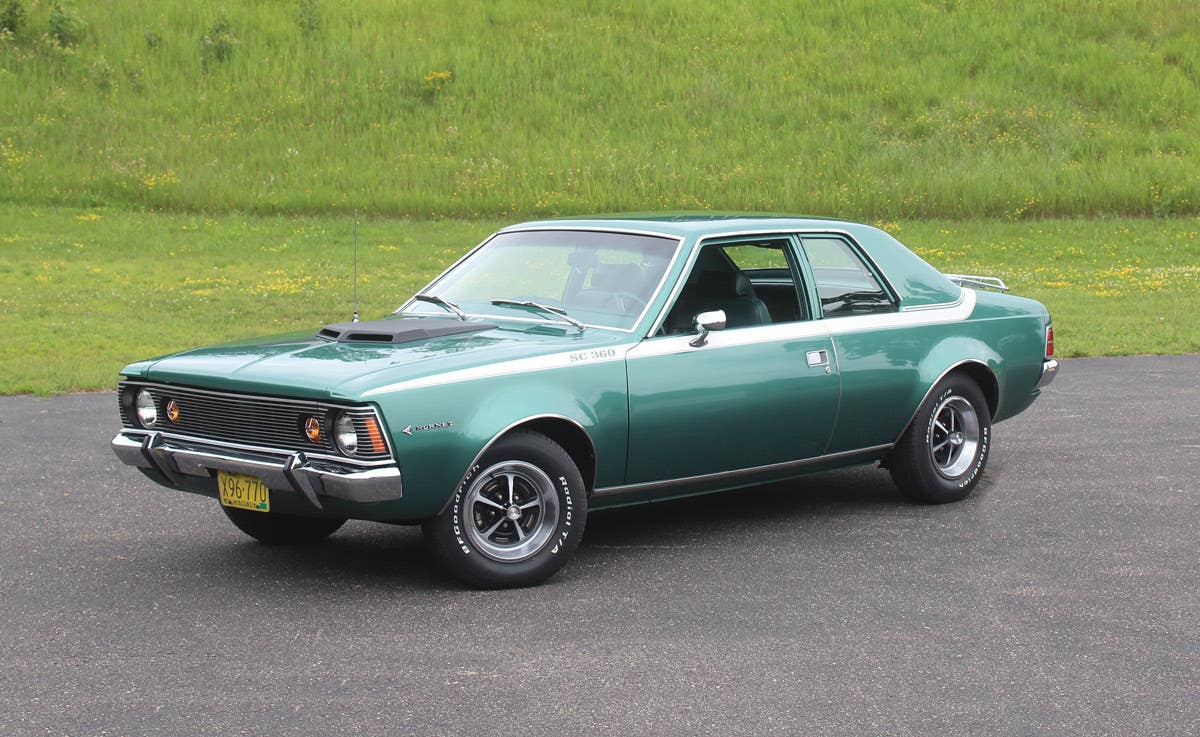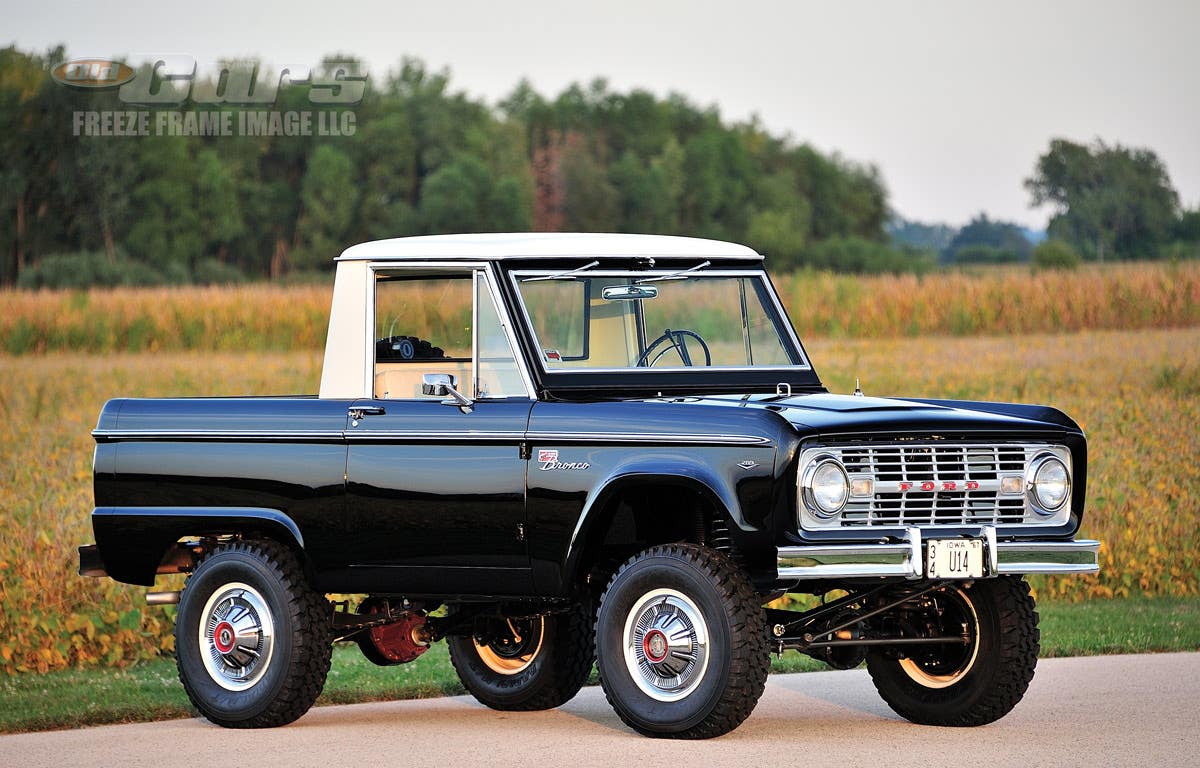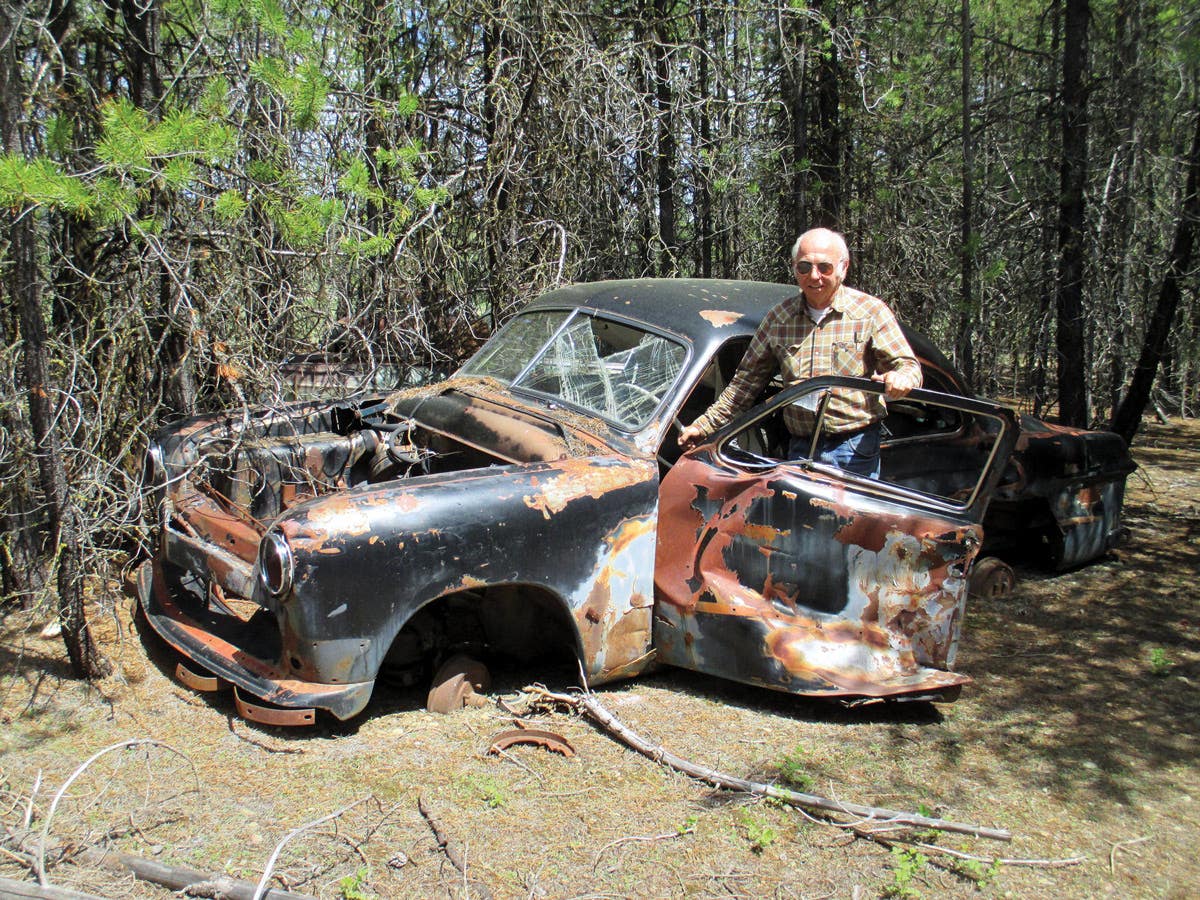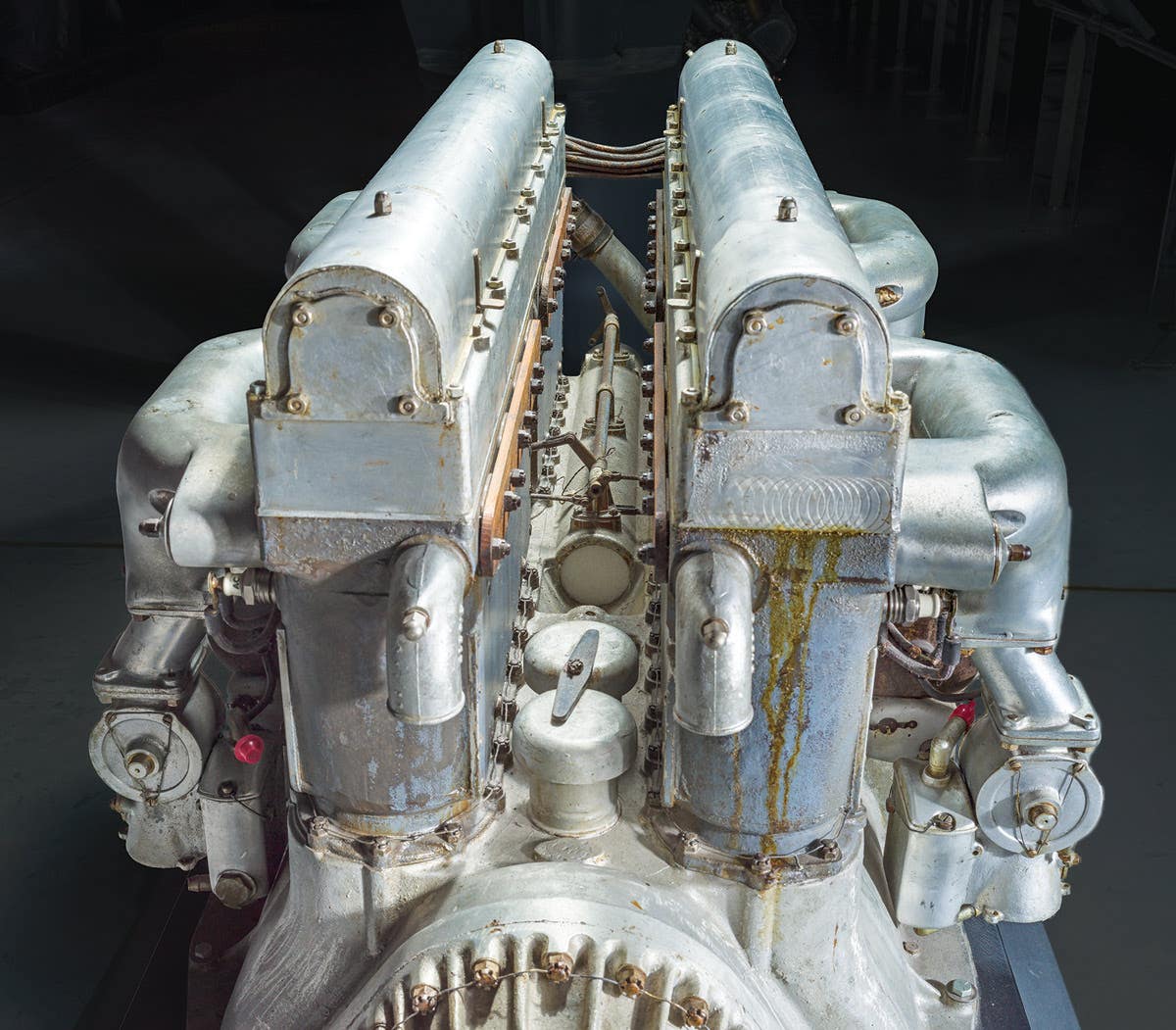Oldsmobile won the race against its sister division, Chevrolet, to be the first American manufacturer to offer a turbocharged car with the introduction of the Jetfire in April 1962. Chevrolet’s Corvair Spyder with its turbo engine would debut later that year.
In fact, the Oldsmobile Jetfire was the first turbocharged car ever offered to the public. Sure, turbo-diesel trucks were fairly common in 1962 and the turbocharger as a performance booster had been offered in airplanes for decades. And cars as far back as the ’20s and ’30s had used superchargers. But Oldsmobile was the first to use a turbocharger. (Interestingly enough, some magazine descriptions of GM cars using turbos that year called them “superchargers.”)
The little Jetfire was based on Oldsmobile’s F-85 series. As a result, it used the same aluminum-block 215-cid V-8 that survives to this day in the British Land Rovers and Range Rovers (albeit bored out a bit).
Oldsmobile added a waste gate, kept this engine’s 10.25:1 compression ratio and suppressed detonation with a water-and-alcohol injection system. This system included a tank under the hood for “Turbo-Rocket” fluid. The turbocharger’s boost was limited to 6 psi.
The Jetfire’s engine was rated at 215 hp—numerically equal to its cubic-inch displacement. This was 30 horsepower more than the rating of the non-turbo F-85 engine with Rochester four-barrel carburetor. Torque was also increased to 300 from 230 lbs.-ft.
Oldsmobile claimed the Jetfire was the first car in the U.S. auto industry to offer one horsepower per cubic inch—the same claim Chrysler had made in 1956 for its 300B and Chevrolet in ‘57 for its fuel-injected 283 cid V-8. The Jetfire was, however, the first car to qualify as a regular production model, as opposed to a special production model, and at the same time offer the magical one horse per cubic inch.
The Jetfire could hit 60 mph in 9.2 seconds and do the quarter-mile in 17.5 seconds. Oldsmobile went conservative with this car, despite what its name suggested, putting the emphasis on the low-end torque and long-range reliability.
The Jetfire’s major drawbacks, described in a Car and Driver report at that time, were dead-slow steering, a soft suspension and touchy, all-drum brakes.
The F.O.B. price for the 2,744-lb. Jetfire was $3,045. The production total for the year 1962 was 3,765 (according to the Standard Catalog of American Cars 1946-1975).
Sadly, given its potential and the prescient thinking on the part of Oldsmobile, turbocharging left the Oldsmobile F-85 line in 1964. For ’64’s substantially larger F-85, the aluminum V-8 gave way to cast-iron engines of larger displacement and turbocharging was no longer seen as necessary.



